Content Index
Introduction
Since its first inhabitation in 500 BCE, Montserrat has developed a rich history, culture, and geography over the years. The beautiful island has been shaped physically by the eruptions of the Soufrière Hills volcano, and it has grown from these eruptions as well. Amazing assets such as its black sand beaches and incredible hiking trails, cliffs, and caves make this a unique island that is especially valuable to those who enjoy exploring, relaxing, and enjoying the natural world around them.
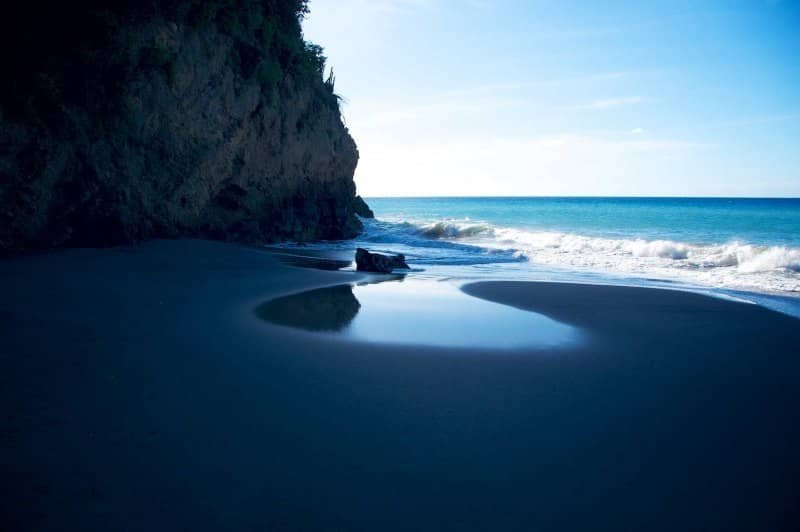
History
Archeological field work in Montserrat’s Centre Hills showed there was an ancient presence on the land as far back as 500 BCE. This occupation was by the Tainos, who were the original inhabitants, and named the pear-shaped island Alliouagana, which means “Land of the Prickly Bush.” Since then, the population has grown to reach 12,000 people at one time. The population has since been reduced to 5000 people due to migration as a result of the volcanic eruptions which started in 1995. For those persons who were living on the southern portion of the island, they have now relocated to the northern parish of Saint Peter. Montserrat is still divided into three parishes though: Saint Peter, Saint Georges, and Saint Anthony.
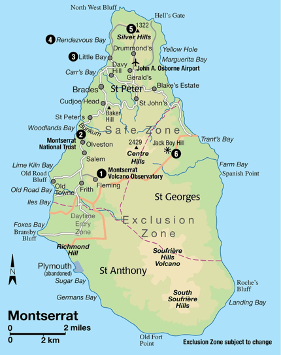
The island’s 5000 residents all practically know each other, and nicknames for individuals living on the island are common. Even immigrants from Dominica, Jamaica, Guyana, the Dominican Republic, and Haiti who moved to the island were given individual nicknames.
In addition to the aforementioned countries, one interesting and surprising fact about Montserratians is that many of the surnames are originally from Ireland. In fact, Montserrat is also commonly referred to as the Emerald Isle of the Caribbean, as its lush coastline resembles that of Ireland.
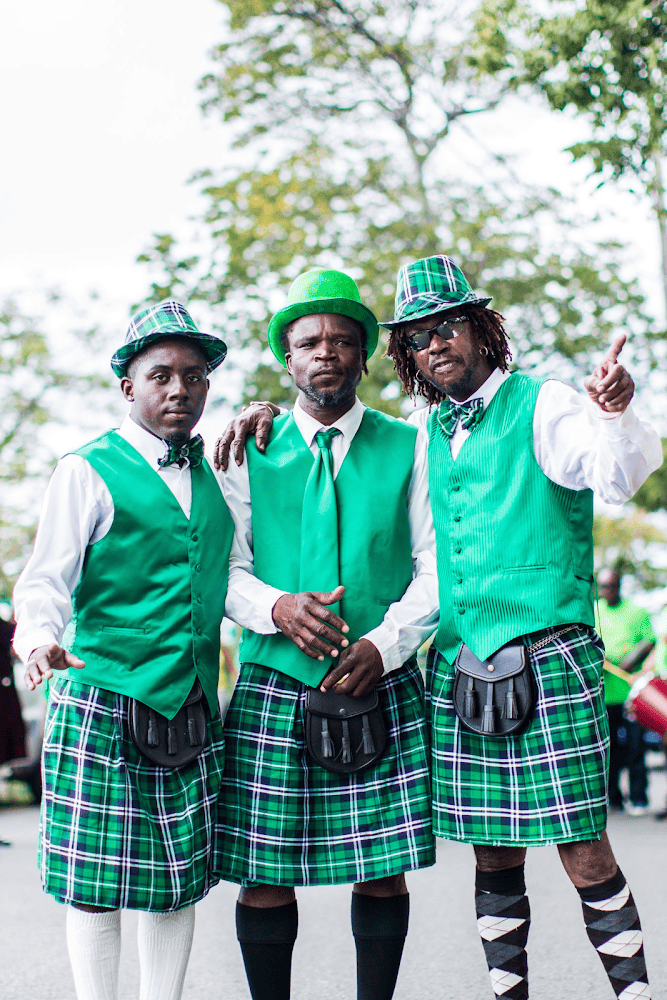
Geography
Montserrat currently measures 16 km long and 11 km wide, but the island’s surface area is gradually increasing due to the build-up of volcanic deposits on the south-west and south-east coast. A driving range and other facilities now occupy the new land on the western coast! One very notable incident that shaped the geography of Montserrat was the eruption in 1995, when life on the island was drastically changed. This eruption was the first in nearly 400 years, and it is this volcanic ash which created the iconic black sand beaches.

Additionally, Montserrat makes for a mountaineer’s paradise as it is surrounded by a coastal region with rock cliffs rising to 30 m above sea level and a number of smooth bottomed sandy beaches scattered among the coves of the western side of the island. The major mountains are Silver Hill, Katy Hill, the Soufrière Hills, and the South Soufrière Hills, and the highest point on the island is the Soufrière Hills volcano. Its lava dome puts its current height at approximately 1,050 metres. Another geographical aspect for an explorer is Montserrat’s extensive coral reefs and caves along the shore; this makes for incredible diving, bat cave tours, and snorkeling all around the island.
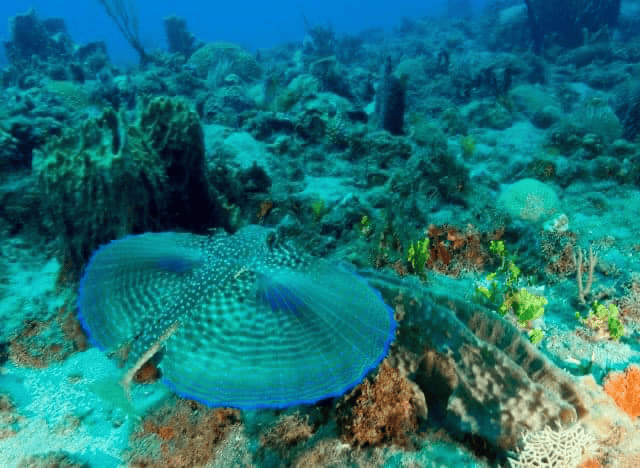
The geography of Montserrat creates an animal lovers’ paradise, and it is home to rare, endemic plant and animal species. The island’s botanic garden also houses many of Montserrat’s endangered plants, such as the Montserrat orchid, rescued from the trees that were destroyed by the volcanic eruption.
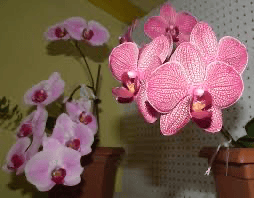
Montserrat is home to the critically endangered giant ditch frog, known locally as the “mountain chicken.” There are also 1241 different invertebrate species known to live across the island, including 718 different species of beetles alone.
Culture
Though small, Montserrat is a beloved treasure for many globally. In 1979, the famous Beatles producer George Martin opened Air Studios Montserrat, which made the island popular with musicians looking to record while enjoying the island’s climate and beauty. Some well-known rock musicians who enjoyed the island and recorded there included Dire Straits, The Police, Stevie Wonder, Elton John, Paul McCartney, and The Rolling Stones.
Additionally, Montserrat has competed in every Commonwealth Games since 1994, and basketball, in particular, has been increasing in popularity there; the country has its own basketball league containing six teams with matches played in the multipurpose basketball complex equipped with a gym. For those who want to enjoy a bit of local cuisine when staying on the island, they should definitely try the national dish: goat water. Goat water is a thick goat meat stew served with bread rolls or rice. In alignment with other islands in the Caribbean, Montserrat’s cuisine includes a wide range of meats and dishes with a fusion of Spanish, French, African, Indian, and Amerindian influences.
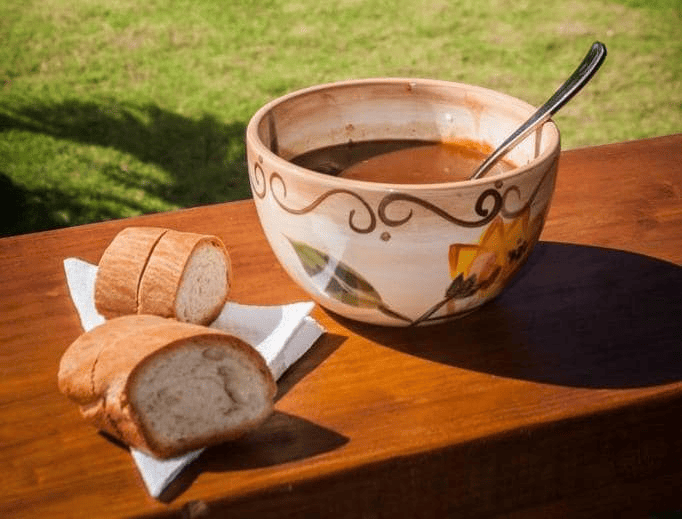
Conclusion
For those looking to explore the outdoors, relax on the beaches, or immerse themselves in a welcoming and lively local culture, Montserrat is a destination that should definitely be considered when looking for somewhere new to visit . These features also make it an ideal destination for those exploring the possibility of applying for remote work visas as digital nomads.
Click here for more information about the Montserrat Remote Workers Stamp!
The beauty of the island alone is enough of a reason to embrace all it has to offer, and its geography, history, and culture truly make this incredible island unlike any other.

